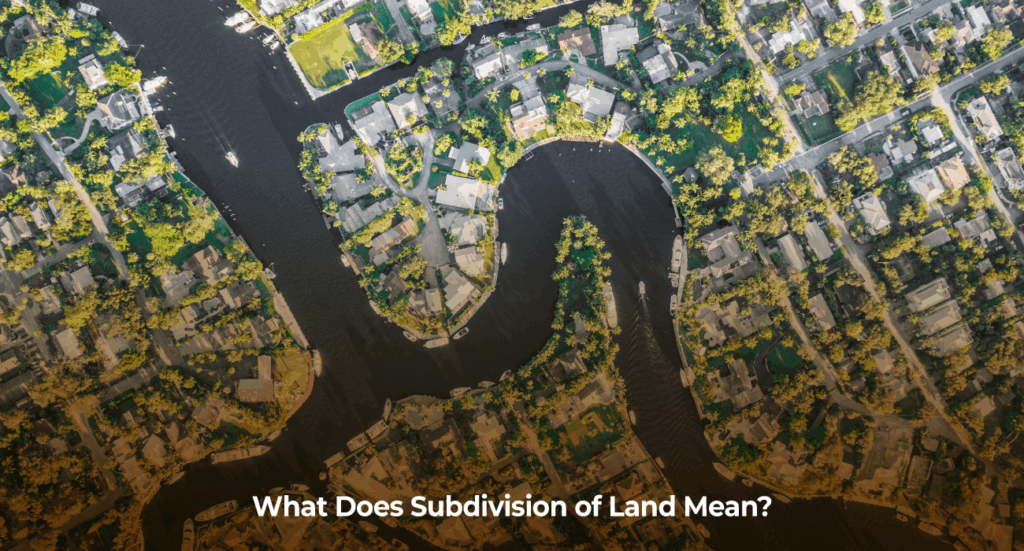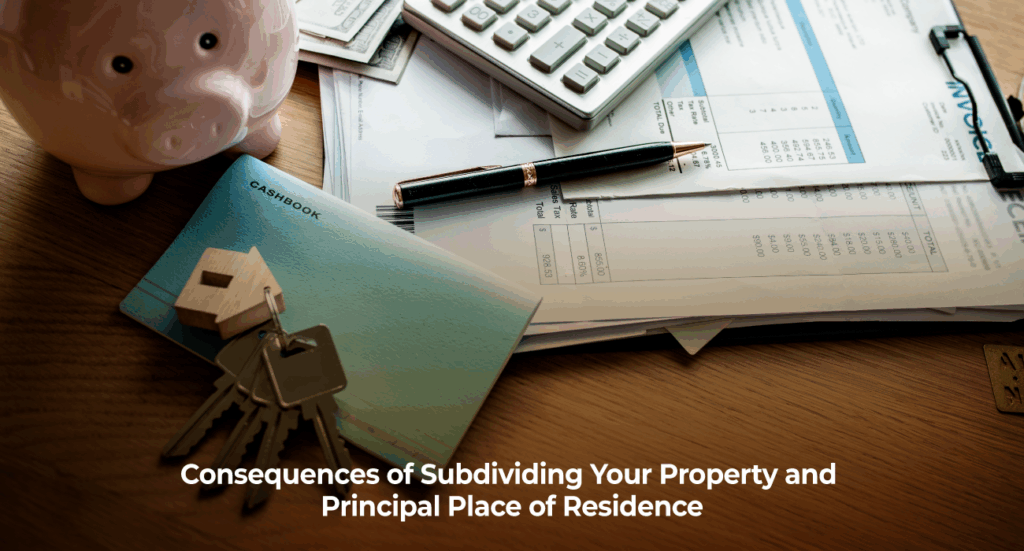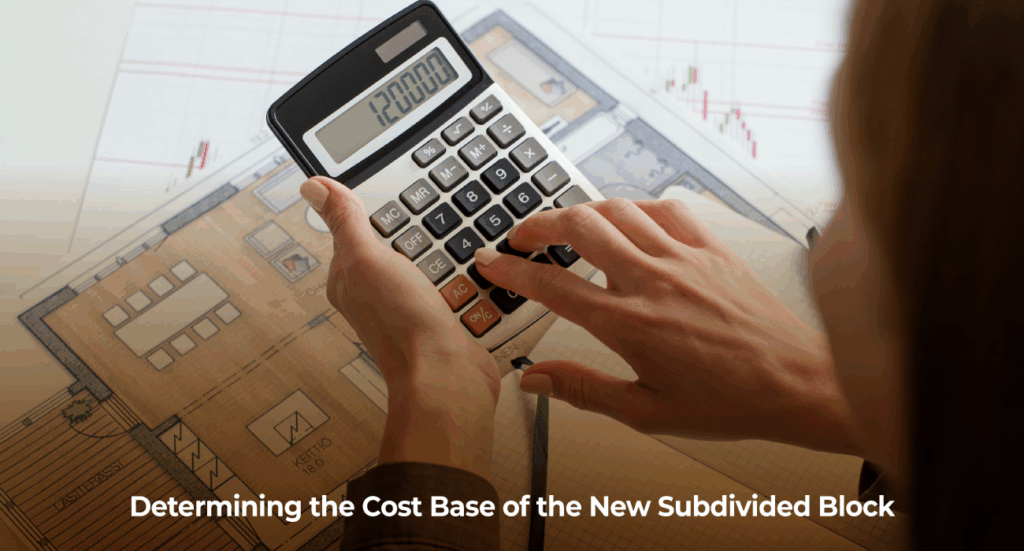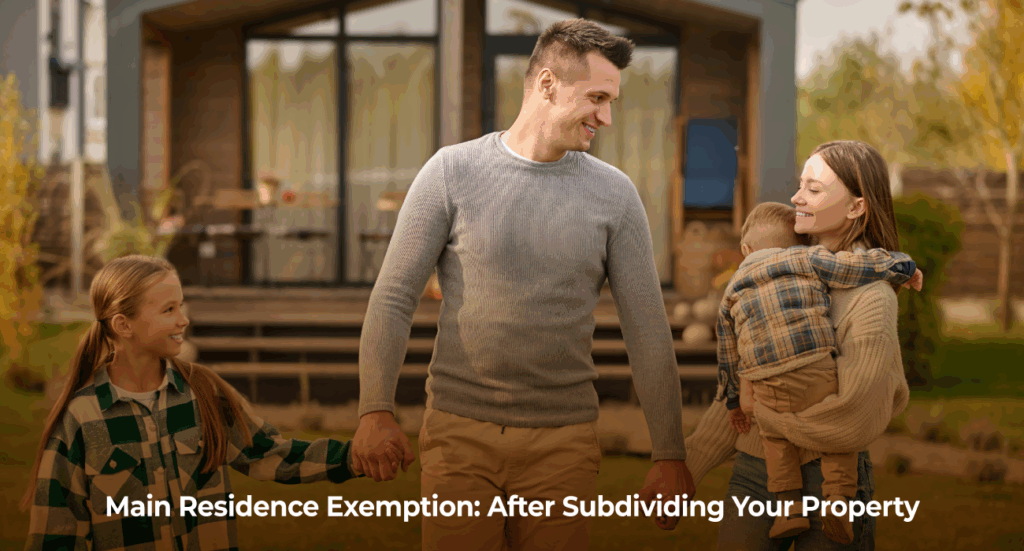Subdividing Your PPOR: Is Subdivided Land from Your PPOR Exempt from Capital Gains Tax (CGT)
We receive quite a few enquiries throughout the year about subdividing a principal place of residence (PPOR). One of the most common questions is: “Will the subdivided land be exempt from Capital Gains Tax (CGT)?”; “Will there be any stamp duty or Capital Gain Tax (CGT) if I transfer it to my kids?”
It’s encouraging to see that more homeowners are becoming tax-aware and seeking to understand the consequences before making big property decisions. Many people assume that because the land is part of their principal residence, any subdivision would automatically be CGT-exempt. However, that’s not always the case — it largely depends on which part of the subdivided land you’re selling. Are you selling vacant land, or the portion that includes your home?
In this article, we break down the CGT implications of subdividing your main residence and explain what to expect if you decide to sell part of your property.

What Does Subdivision of Land Mean?
In simple terms, subdivision means dividing a single parcel of land into two or more separate lots, each with its own legal title. Once registered, each new lot becomes an independent asset that can be sold, transferred, or developed separately.
According to the Australian Taxation Office (ATO), when you subdivide land, you’re essentially creating new and distinct assets for tax purposes. The original title ceases to exist, and each newly created block is treated as a separate property under the Capital Gains Tax (CGT) rules. Importantly, the acquisition date of the new lots remains the same as the date you originally acquired the land — meaning the subdivision itself doesn’t trigger an immediate CGT event.

Consequences of Subdividing Your Property and Principal Place of Residence
Subdividing your land doesn’t automatically trigger stamp duty or Capital Gains Tax (CGT). The tax consequences arise only when you sell or transfer one of the newly created lots. If you sell a block to a third party, CGT may apply, but stamp duty is paid by the buyer, not you. However, if you transfer the subdivided land to a family member, your trust, or a related entity, stamp duty will apply based on the property’s market value at the time of transfer.
In other words, while the act of subdivision itself has no immediate tax cost, the moment you dispose of a block—by sale or transfer—tax obligations come into play.

Determining the Cost Base of the New Subdivided Block
When you sell a subdivided block, you can’t simply use the original purchase price of your property to calculate your capital gain. You’ll need to apportion the cost base of the original land between each new block on a reasonable basis—usually based on the land area or market value of each lot. This means dividing not only the original purchase price, but also associated costs such as stamp duty, legal fees, survey expenses, and subdivision costs. If one block is more valuable due to better frontage or views, a market-value method will give a fairer result. Keeping clear records of all expenses and valuations is essential, as this determines the accurate CGT outcome when the new block is eventually sold.
Example: How to Work Out the Cost Base After Subdivision
In 2023, Olivia purchased a home in Melbourne for $900,000, which included $250,000 for the house and $650,000 for the land. She also spent $30,000 on stamp duty and legal fees. The property was her principal place of residence (PPOR).
In 2025, Olivia decided to subdivide the land into two equal-sized blocks—one with the existing house (front block) and one vacant (rear block). The subdivision cost her $25,000 in survey, legal, and application fees, plus $3,000 to connect water and drainage to the rear block.
After speaking with local real estate agents, Olivia learned that the front block was valued at $30,000 more than the rear block. Based on this valuation, she apportioned 53.3% of the land’s value ($346,450) to the front block and 46.7% ($303,550) to the rear block.
The cost base of the rear block was then calculated as:
- Land: $303,550
- Purchase costs (46.7% × $30,000): $14,010
- Subdivision and survey costs (46.7% × $25,000): $11,675
- Water and drainage connection: $3,000
Total cost base = $332,235
When Olivia later sold the rear vacant block for $400,000, her capital gain was $67,765 ($400,000 − $332,235). The main residence exemption did not apply because the sale was for vacant land, not the block containing her home.
Note – In Olivia’s case, the total original land value was $650,000, and local agents advised that the front block was worth $30,000 more than the rear block. This meant that after subdivision, the front block’s market value was estimated at $355,000 ($325,000 base value plus $30,000), while the rear block was valued at $325,000. Together, the two blocks had a combined market value of $680,000. Based on these values, Olivia apportioned 52.2% ($355K/$680K) of the land’s cost base to the front block and 47.8% ($325K/$680K) to the rear block, ensuring her CGT calculation reflected the true market value difference between the two properties.

Main Residence Exemption: After Subdividing Your Property
The main residence exemption (MRE) allows homeowners to disregard some or all of the capital gain when selling their main home. However, if you subdivide and sell a vacant block that no longer contains your dwelling, the MRE does not apply to that land. The exemption remains available only for the portion that includes your home and has been used as your principal place of residence (PPOR) throughout ownership.
If you instead sell both subdivided blocks together as part of your home sale—for example, the house and the adjoining block in one transaction—the MRE can still apply in full, provided the combined land area is two hectares or less and has been used solely as your main residence.
In short, the key distinction is whether the block sold includes your dwelling. Selling vacant land triggers CGT, while selling your entire PPOR (house and land together) may remain fully exempt.
What’s Next
Subdividing your main residence can be a financially rewarding move — but it’s also a complex tax event that requires careful planning. Whether your goal is to unlock equity, build a second dwelling, or sell part of your land, understanding how Capital Gains Tax, Main Residence Exemption, and GST apply is essential to avoid surprises.
At Investax, we help property owners plan strategically before they subdivide — from assessing CGT exposure to determining whether the project could be considered a profit-making activity.
If you’re considering a subdivision or already in the process, speak to the Investax property tax specialists before you proceed. Early advice can help you structure the transaction smartly, minimise tax, and stay fully compliant with ATO requirements.
Reference – TD 97/3
ATO – Subdividing your main residence
General Advice Warning
The material on this page and on this website has been prepared for general information purposes only and not as specific advice to any particular person. Any advice contained on this page and on this website is General Advice and does not take into account any person’s particular investment objectives, financial situation and particular needs.
Before making an investment decision based on this advice you should consider, with or without the assistance of a securities adviser, whether it is appropriate to your particular investment needs, objectives and financial circumstances. In addition, the examples provided on this page and on this website are for illustrative purposes only.
Although every effort has been made to verify the accuracy of the information contained on this page and on our website, Investax Group, its officers, representatives, employees and agents disclaim all liability [except for any liability which by law cannot be excluded), for any error, inaccuracy in, or omission from the information contained in this website or any loss or damage suffered by any person directly or indirectly through relying on this information.





